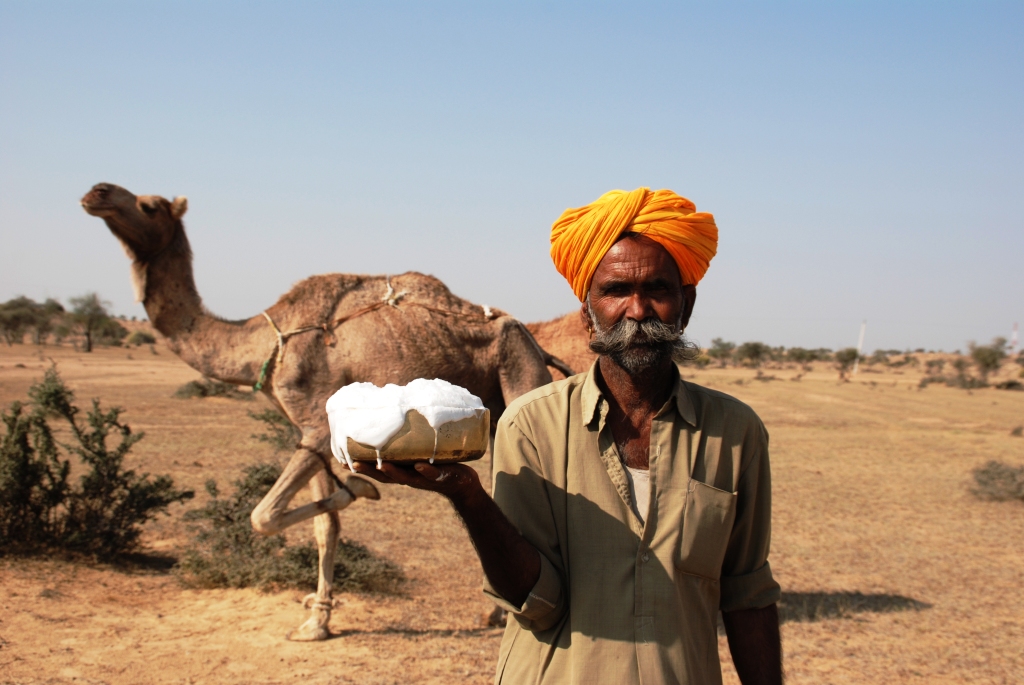
Good news at the start of the New Year! The FAO is fully supporting participation of four livestock keepers ‘ representatives in the “third Multi-Stakeholder Platform meeting” for a Sustainable Livestock Agenda (SLA). This meeting will take place in Nairobi from 22-24th January and you can find more information at www.livestockdialogue.org.
We are elated that livestock keepers are getting due consideration as a separate stakeholder group and look forward to their inputs to the interesting and challenging process ahead!
Just to recap: The rationale of the SLA is the need for “accommodating demand growth for livestock products within the context of a finite natural resource” and the need for a “change in habits and practices from all stakeholders”. The common parameter to focus on is “natural resource use efficiency” – the rate of conversion of critical natural resources like land, water, nutrients, and energy into livestock products and services, and emission intensity of Green House Gases (GHG).
This sounds good! Our only concern is that certain other angles whose metrics are not that easily grasped don’t get left out of the calculation. Such as biodiversity conservation (both wild biodiversity and domestic animal diversity), animal welfare, nutritional quality of livestock products, and of course rural livelihoods. If we do ignore these angles, then high input and industrial livestock production may come out on top in terms of “natural resource use efficiency”, but if we take a more holistic perspective, then my guess is that pastoralist and other “decentralised” modes of livestock production will certainly win. But lets wait and see!
For the time being, lets be grateful that there is at least one policy relevant process that has taken the lead in letting livestock keepers have a voice. We very much hope that other institutions will follow this example, thereby not only inching closer to adhering the concept of Livestock Keepers’ Rights, but also taking a step towards making their work more relevant and benefitting from a treasure trove of knowledge and experience.
Happy New Year once again!

 Follow
Follow